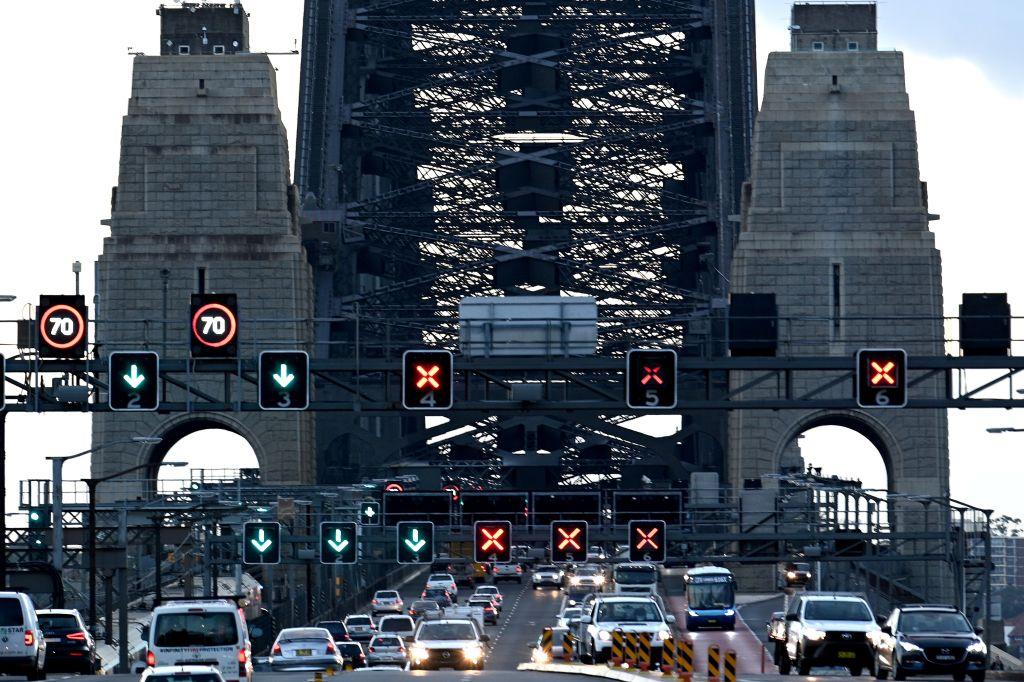Australia’s peak automotive body is urging the federal government to rethink plans to mandate rollover bars on ATVs or quad bikes, warning the move threatens the viability of dealers and could actually cost lives.
The Federal Chamber of Automotive Industries (FCAI) says the rules, to come into effect this year, also fly in the face of safety research and have little regard to recent coronial recommendations, which have backed a tougher approach to training and helmet compliance.
The chamber’s concerns and moves by overseas manufacturers to possibly abandon the Australian market, come at a time when quad bike accidents claim an average of 16 lives in Australia each year.
By mid-December the death toll in 2020 was 21, with about half of those the result of rollovers according to figures compiled by Safe Work Australia.
In 2019 the federal government revamped regulations for quad bikes and similar all-terrain vehicles, or ATVs, in a bid to reduce the number of injuries and deaths and bring safer products to the market.
From October last year manufacturers have had to ensure all vehicles meet either European or US safety standards and include a rollover warning label.
But from October 2021, they must meet stricter stability rules and must be fitted with an operator protection device (OPD), more commonly called a rollover bar.
The Australian Competition and Consumer Commission says the purpose of an OPD is to hold the quad bike off the ground, helping to protect the rider from being crushed or pinned in the event of a rollover.
Two devices have been suggested and while the cost could go as high as about $800 this is not considered an issue for the industry, with bikes retailing for between $12,000 and $25,000.
The FCAI says of most concern to manufacturers is a lack of data to support improved safety claims.
A study by US vehicle safety company Dynamic Research found that the risk of injury from the rollover bars was equal, and in some circumstances greater, than the safety benefits.
They instead called for greater use of helmets.
“Helmets have significant and substantial net injury benefits and very low risks,” the company said.
Opponents of the devices also talk about the “pogo” effect when a bike flips and lands on the bar, which could then cause it to flip again, and say serious injuries are also possible from riders striking the bars.
They instead want more training for owners, stricter rules on the wearing of helmets and a ban on young children using the bikes.
FCAI spokesman Mark Collins said ATVs were essentially the “modern-day horse”.
“They need to be treated with the same respect. You wouldn’t jump on a horse without some training,” he said.
Training was key in recommendations from Tasmanian coroner Simon Cooper, who investigated seven quad bike deaths in 2017.
NSW deputy coroner Elizabeth Ryan, who investigated the 2019 death of a six-year-old girl who was a passenger on a bike when it struck a tree, pointed to previous inquests which had recommended the mandating of helmets and training, and called for a ban on children riding adult-sized bikes.
Since those inquests, Tasmania has passed new laws to come into effect from July 2021 enforcing the use of helmets and requiring riders to undertake training.
It has also outlawed the carrying of passengers on single-seat ATVs.
The federal government’s Assistant Treasurer Michael Sukkar told AAP that the government remained committed to improving the safety of quad bikes.
“The new standard will see improved safety information available to consumers, reduce the frequency of rollovers and provide increased protection to operators in the event of a rollover to reduce the risk of serious crush injuries and deaths,” he said.
As it stands, the FCAI said, the leading manufacturers of quad bikes are planning to withdraw from the Australian market rather than fit the new bars.
It said that could have a major impact on the viability of dealerships, many in small regional centres, who currently sell about 15,000 bikes each year, largely to the farming sector.
In turn, that could leave Australia with an ever-ageing fleet of bikes, with no requirement under the rules for them to be retrofitted with new safety devices.





